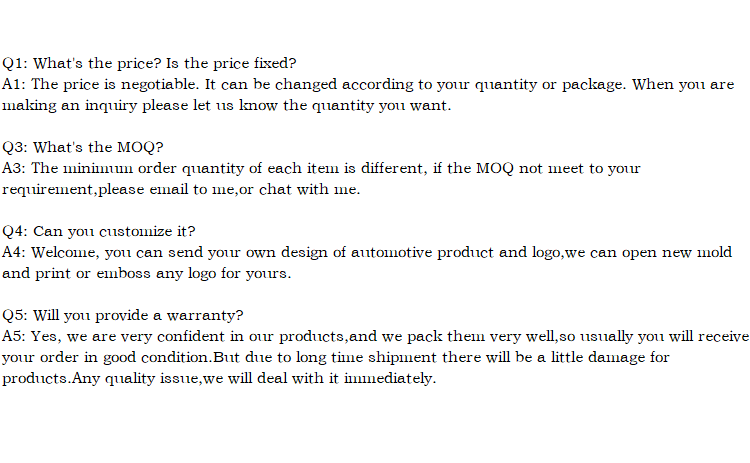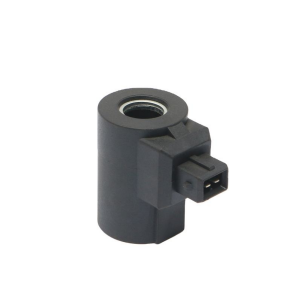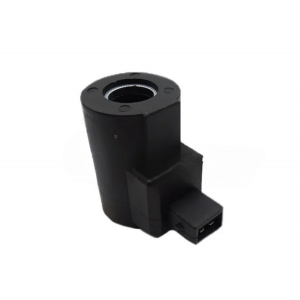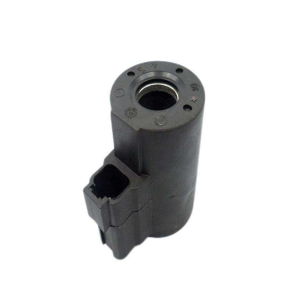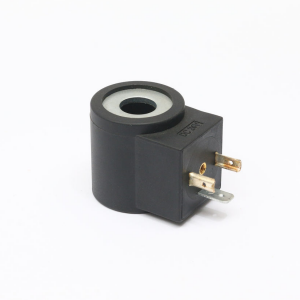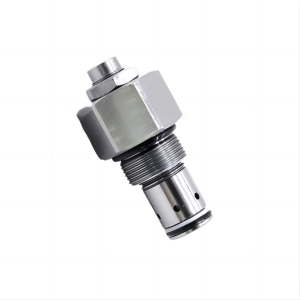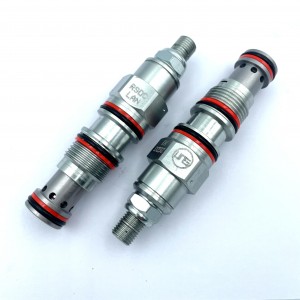Liebherr excavator parts electromagnetic valve coil
Product introduction
Operating principle of solenoid valve coil
1.Inductance refers to the alternating magnetic flux in and around the conductor when the conductor passes through the communication current, and the ratio of the magnetic flux of the conductor to the current with this magnetic flux.
2.When the inductor passes through DC current, as long as the magnetic field lines around it are fixed, it will not change with time; But when the electromagnetic coil passes through the communication current, the magnetic field lines will change with the passage of time. According to Faradi's electromagnetic induction law-magnetic electricity analysis, the changed magnetic field lines induce potentials on both sides of the coil, which is equivalent to a "new power supply". When a closed circuit occurs, the induced potential will induce current. According to Leng Ci's law, the change of the original magnetic field lines should be avoided as far as possible. Because the change of the original magnetic field lines comes from the change of the external alternating power supply, from the objective effect, the inductance coil has the characteristic of avoiding the change of the current in the communication circuit. Inductive coil has similar characteristics to mechanical inertia, and is named "self-induction" in electricity. Generally, when the knife switch is turned on or off, sparks will occur, which is caused by the strong induced potential of self-induction phenomenon.
3.In a word, when the solenoid valve coil receives communication electricity, the magnetic field lines in the coil will change with the alternation of current, resulting in continuous electromagnetic induction in the coil. This potential caused by the current change of the coil itself is called "self-induced electromotive force".
4.It can be seen that the inductance is only related to the number, size, shape and medium of the coil, which is the inertia of the inductance coil and has nothing to do with the external current.
Product picture

Company details







Company advantage
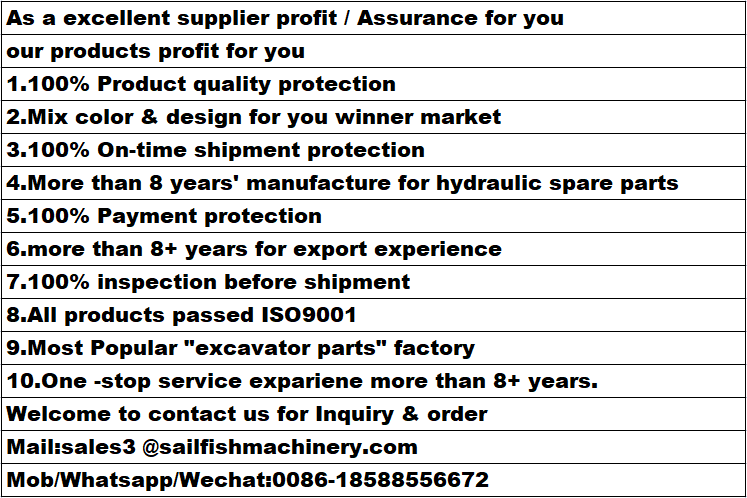
Transportation

FAQ
